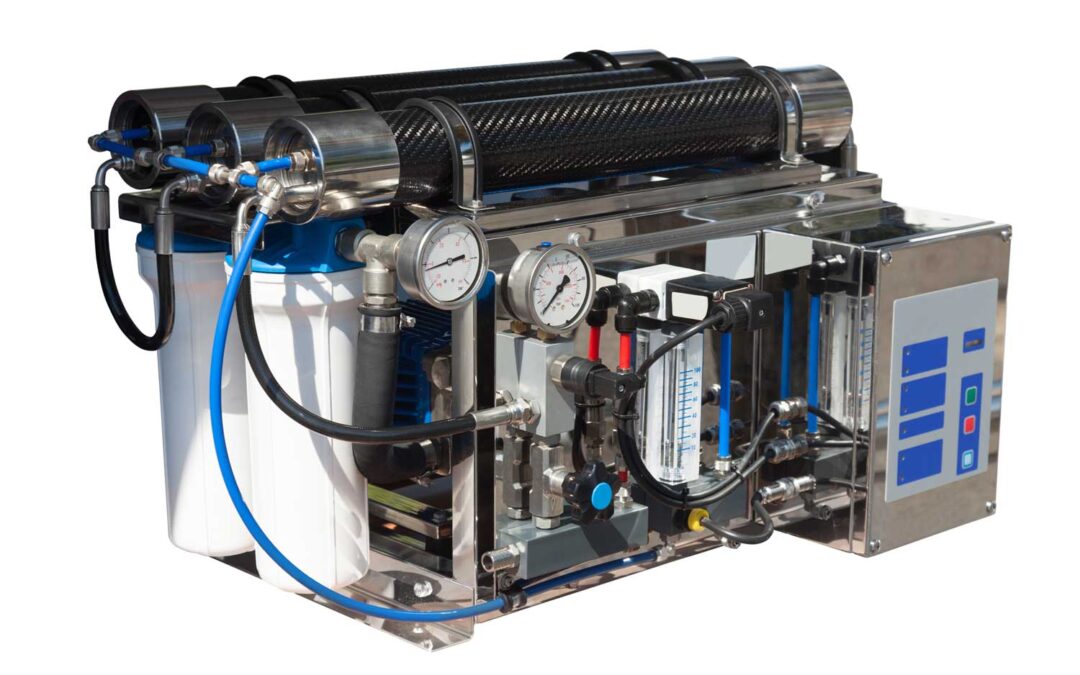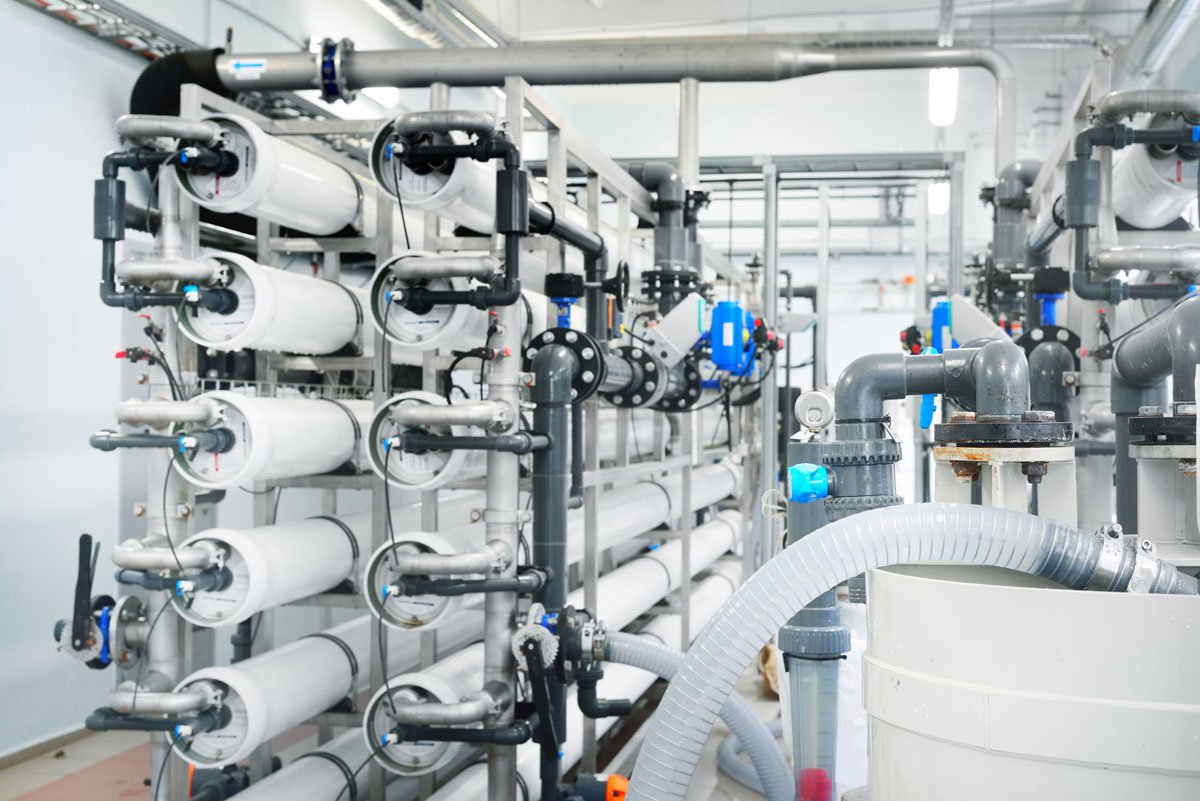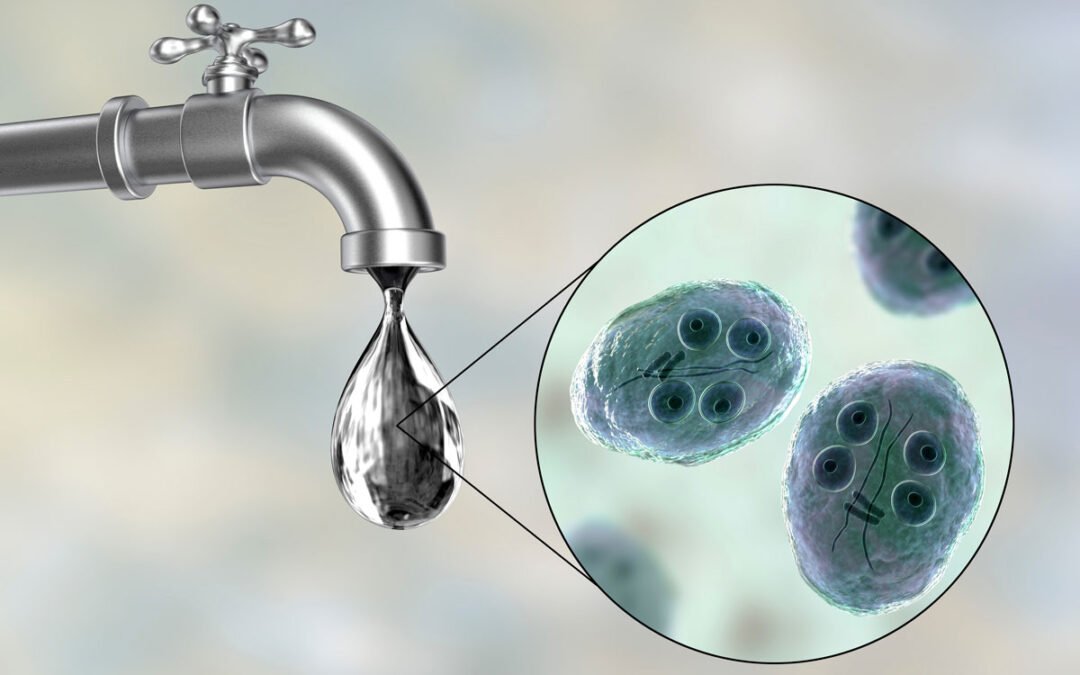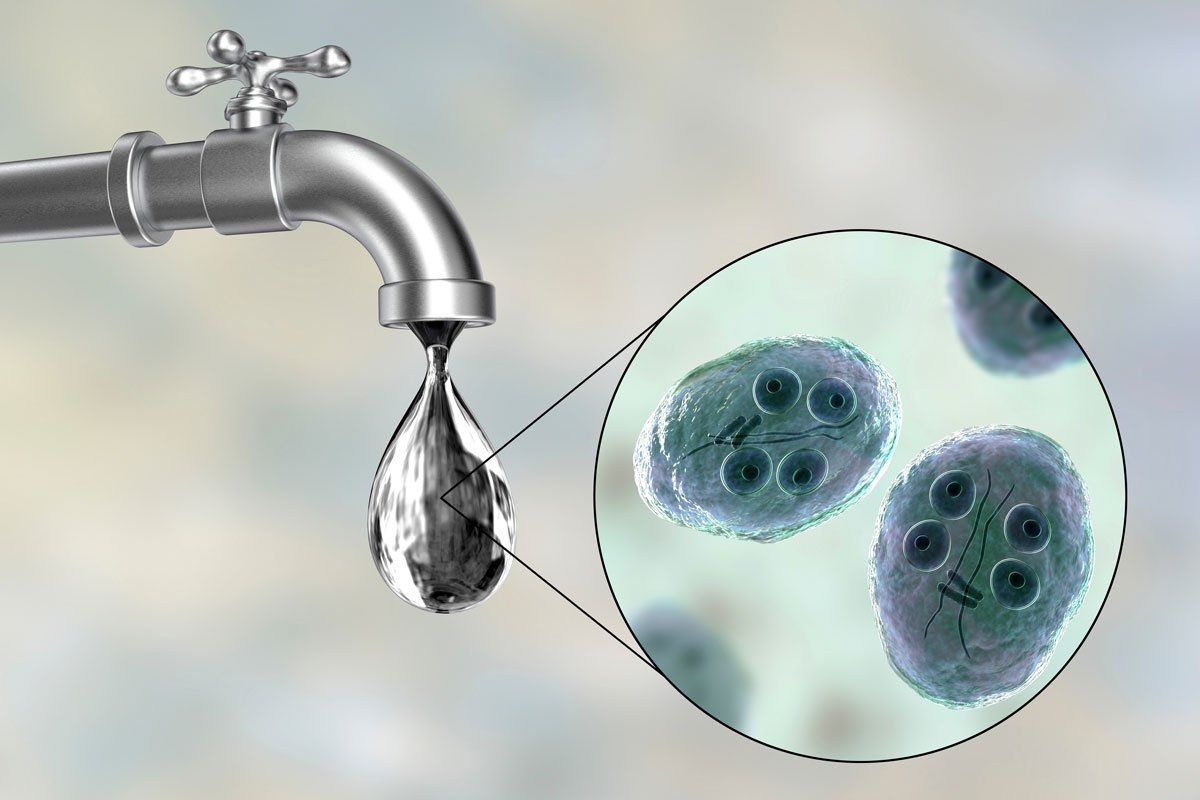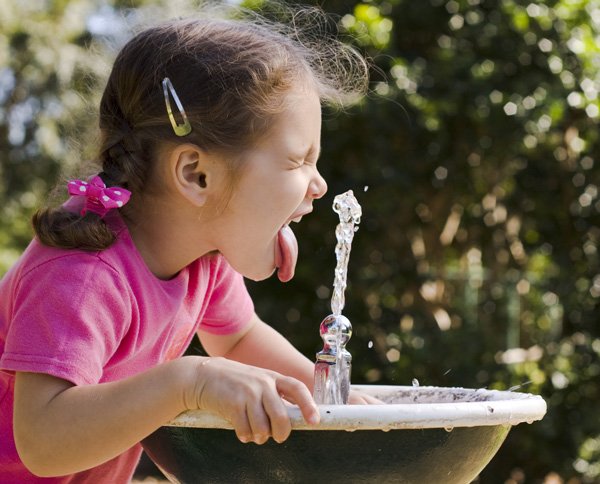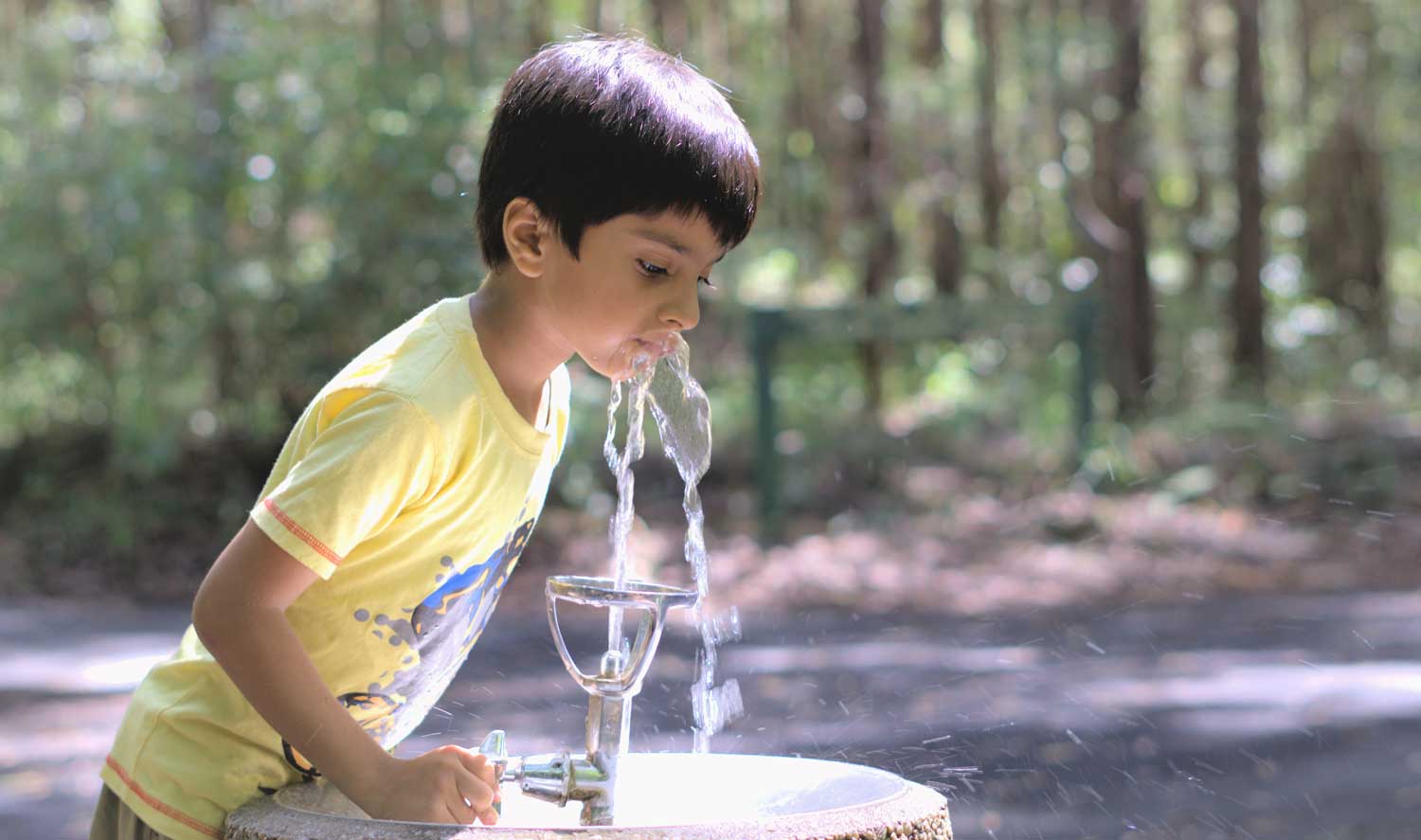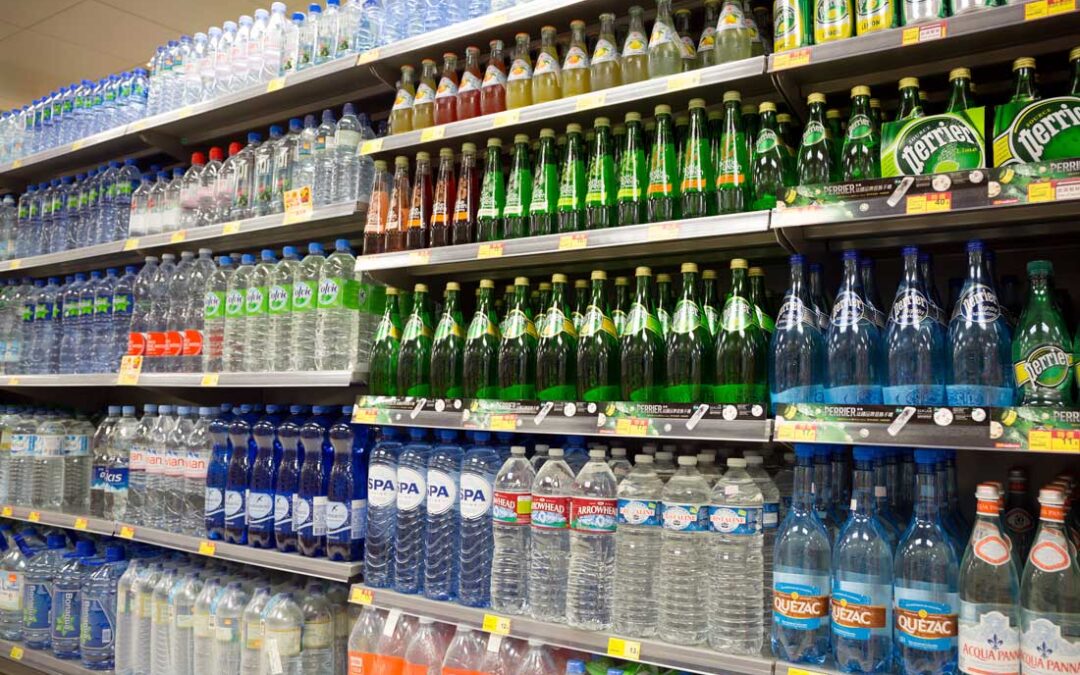
Natural Spring Plastic
Natural Spring Plastic
What are you paying for when you buy bottled water? The fact is, bottled water is barely ever purer, healthier, or safter than tap water. Paradoxically, bottled water is frequently just tap water in a bottle.
Twenty years ago, mineral water was a non-existant market. Today, North Americans are downing 1000 billion gallons a year. This phenomenon is an outcome of public issue over water safety with a little aid from a multi-million dollar marketing campaign released by the bottled water market. Mineral water sales tripled in the last years alone. Water is now the fastest growing and most lucrative sector of the beverage market.
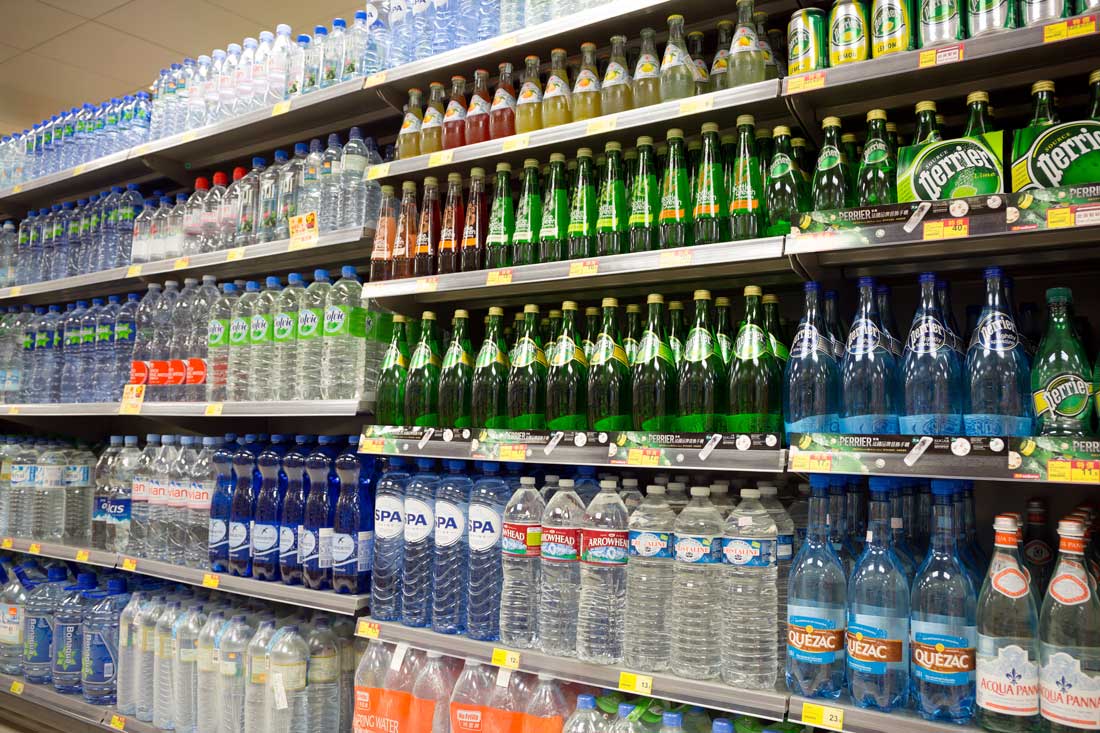
People are looking at bottled water differently
Their marketing efforts haven’t been for nothing. Scares like the Milwaukee water contamination have even low-income families reaching for bottled water. Its now end up being a standard to see bottled water vending machines and on supermarket racks. A generation raised on mineral water no longer sees it as a high-end. Over half of North Americans (54%) fuel this expensive practice daily.
Consumers are gladly shelling out 240 to over 10,000 times more for bottled water than they generally do for tap water. Bottled water is on average $0.90 per gallon versus the one tenth of a cent per gallon that tap water costs.
Some individuals dislike tap water since of its taste or odor. Some of the most harmful impurities are odor free and tasteless. Federal regulations only require mineral water to be as excellent as tap water. There are not requirements or regulations for it to be any safer or better than tap. N RDC did a research study in 1999 that tested over 1000 bottles of 104 mineral water brand names. One-third contained levels of contamination consisting of artificial natural chemicals, germs, and arsenic. Some evaluated positive for parasites such as cryptosporidium or giardia. Bottled water is less vigoursly tested than faucet water for chemical and bacterial contaminants.
Tap water, nevertheless, should be evaluated and decontaminated. Kansas Department of Health and Environment tested 80 samples of bottled water from retail stores and producers.xt
Did you know nearly 20% of your body mass is Carbon!
Dangers of plastic water bottles
Plastic water bottles can take up to 1000 years to end and biodegrade up in garbage at a rate of 30 million a day. Besides taking up valuable area in land fills, plastic water bottles may contribute potentially toxic chemicals such as phthalates into the ground water. “It’s paradoxical that many people consume mineral water since they hesitate of tap water, but then the bottles they discard can result in more polluted water,” states Pat Franklin, executive director of Container Recycling Institute. “It’s an insane cycle.” CRI estimates that producing water bottles utilized by Americans for one year consumes more than 1.5 million barrels of oil, enough to generate electrical power for 250,00 homes or enough to sustain 100,000 vehicles a year.
Mineral water is neither cheaper, safter, or more environmentally friendly than tap water. Water contamination is a problem that governments can fix by fixing present tap water infrastructures and safeguarding water sources from hazardous farm, market and urban toxins.
Till then, setting up home water filters may be the option. At less than 10 cents a gallon, qualified water filtration systems can assist get rid of bad smells tastes and guarantee pollutant free water in your home.
Ironically, bottled water is typically just tap water in a bottle. Consumers are gladly shelling out 240 to over 10,000 times more for bottled water than they usually do for tap water. Bottled water is on average $0.90 per gallon versus the one tenth of a cent per gallon that tap water costs. Bottled water is less vigoursly evaluated than tap water for chemical and bacterial pollutants.
“It’s ironic that many people drink bottled water since they are scared of tap water, but then the bottles they discard can result in more contaminated water,” states Pat Franklin, executive director of Container Recycling Institute.

